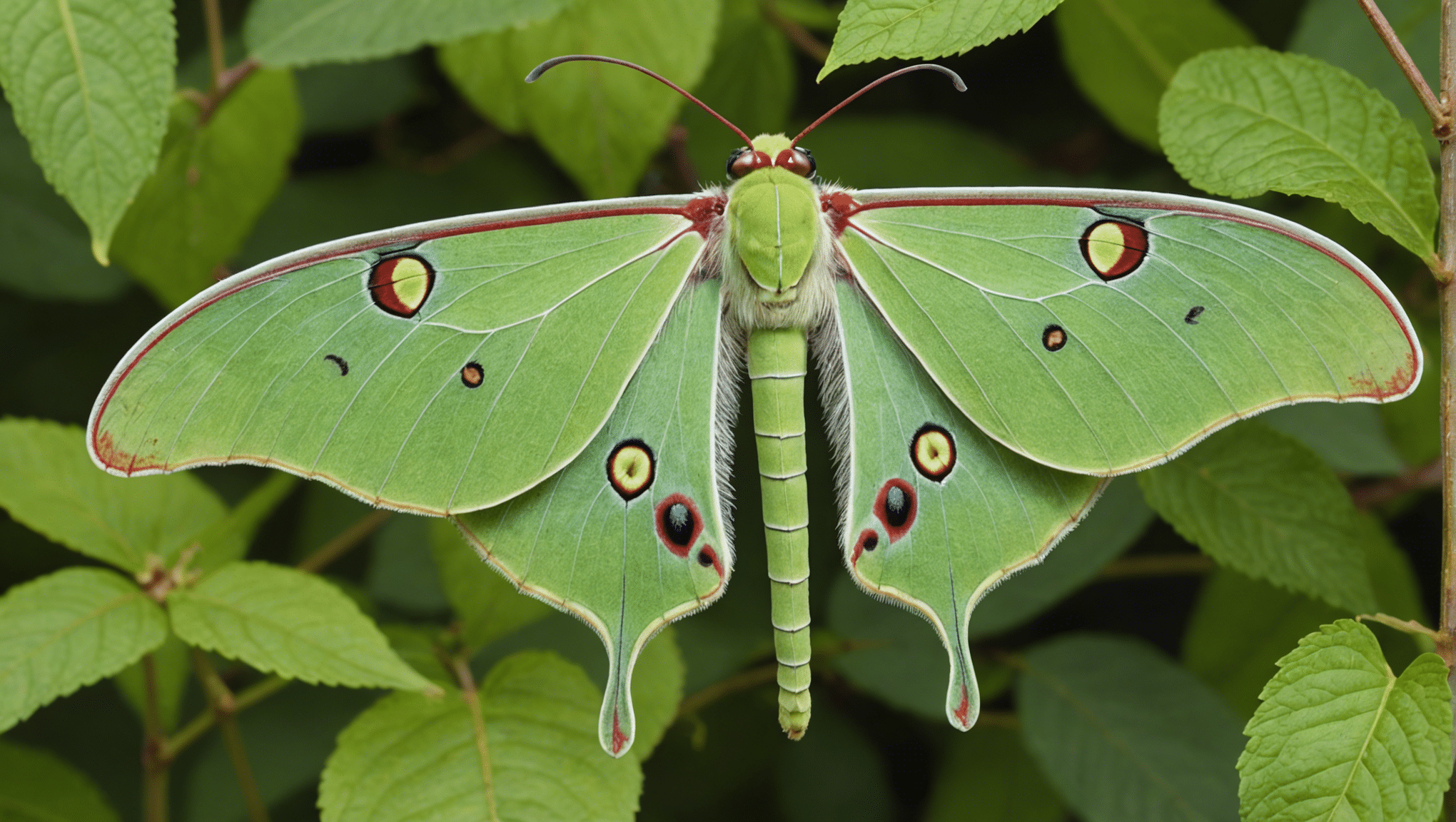The metamorphosis of the Luna Moth caterpillar is a fascinating and complex process, marked by distinct stages of development. This transformation not only highlights the natural beauty and intricacy of these creatures but also underscores the importance of each phase in its journey from egg to adult moth. In this article, we will explore the step-by-step stages of a Luna Moth caterpillar’s life cycle, providing a deeper understanding of its growth and survival mechanisms.
Understanding the Life Cycle of a Luna Moth
The life cycle of a Luna Moth, scientifically known as Actias luna, consists of four major stages: egg, larva (caterpillar), pupa (cocoon), and adult. Each stage is crucial and uniquely adapted to optimize the survival and future reproduction of the moth. The following sections outline these stages, focusing particularly on the caterpillar phase.
Stage One: The Egg
The journey of a Luna Moth starts when the female lays her eggs on the underside of leafy vegetation. These eggs are minuscule and have a pale green hue, blending perfectly with the leaf surroundings to evade predators. Within about a week, depending on temperature and humidity levels, these eggs hatch, giving rise to the next vital stage of the caterpillar.
Stage Two: Caterpillar Growth and Molts
Upon emerging from the eggs, the Luna Moth caterpillars are tiny and predominantly yellow. Their primary goal at this stage is to eat and grow. Caterpillars feed voraciously on the leaves of host plants, including walnut, hickory, and sweetgum trees, thereby gaining the necessary nutrients for rapid growth. As they expand, these caterpillars undergo a series of five molts, also known as instars, each marked by significant physical changes:
- First instar: Tiny, predominantly yellow caterpillars.
- Second instar: Slightly larger, begin to show green coloration.
- Third instar: Bright green with a more pronounced body and small spots.
- Fourth instar: Larger with more distinct yellow spots and stripe patterns.
- Fifth instar: Fully matured caterpillar, vivid green with red spots near the head.
After reaching the fifth instar, the caterpillar is fully grown and ready to advance to the next stage.
Pupa: Transition in the Cocoon
Following the final molt, the caterpillar begins the process of pupation. It constructs a cocoon using silk produced from its salivary glands. This cocoon is typically attached to leaves or twigs. Inside this protective casing, the caterpillar undergoes a remarkable transformation, rearranging its body structure to emerge as an adult moth. This stage can last for several weeks, and the timing for emergence as an adult tends to align with environmental cues such as temperature and humidity.
Emergence of the Adult Luna Moth
Once the transformation is complete, the adult Luna Moth emerges from the cocoon. This stunning moth is known for its pale green wingspan and long, tapering hindwing tails. The emergence is primarily timed during the early hours before dawn to minimize the risk of predation. Adult Luna Moths do not feed; they live solely to mate and lay eggs, continuing the cycle of life. With a lifespan of approximately one week as an adult, the Luna Moth’s existence is ephemeral yet vital to the ecosystem.
Conservation and Significance
The Luna Moth is not only a creature of ethereal beauty but also plays a role in the local ecosystems as both prey and pollinator. Conservation efforts are crucial for maintaining the populations of such species, which can be sensitive to changes in their environment due to their specialized life cycles and habitat requirements. By understanding and appreciating the life cycle and challenges faced by the Luna Moth, we can better support conservation strategies and environmental stewardship.
FAQ:
- How long does it take for a Luna Moth caterpillar to become an adult?
- The entire process from egg to adult moth typically spans about seven to eight weeks, depending heavily on environmental conditions.
- Why don’t adult Luna Moths eat?
- Adult Luna Moths are adapted to have no digestive system as their sole purpose is reproduction. They consume all needed nutrients during their larval stage.
In conclusion, the Luna Moth provides entomologists and nature enthusiasts alike a brilliant example of nature’s complexity and beauty. Each stage of its life cycle, especially the caterpillar stage, offers unique insights into the adaptability and intricacy of ecological interactions. By shedding light on such remarkable creatures, we deepen our connection to the natural world and broaden our commitment to its preservation.












